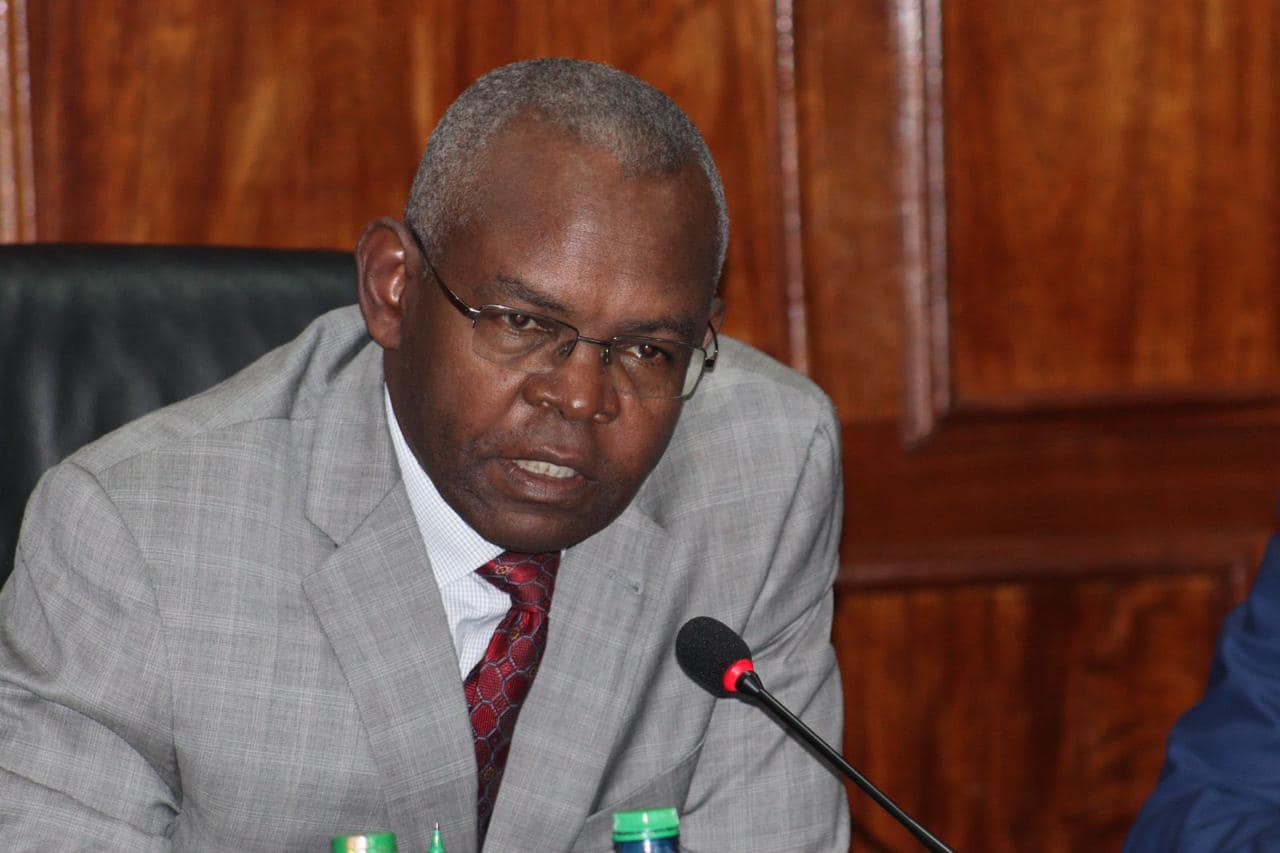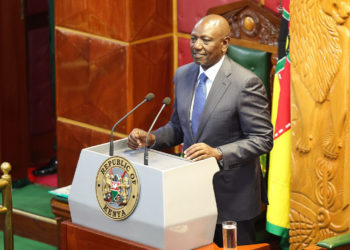The balance of payments – the systematic summary of a nation’s economic transactions with the rest of the world for a given period – reflects capital shifts and transfers related to the situation overseas. A balance deficit or surplus that affects the exchange rate of the national currency implies a cash shortage or surplus.
The balance of payments’ equilibrium is impacted by the value of exports and imports, product efficiency and competitiveness, price level, foreign services, and market speculation.
A balance of payments deficit has an adverse effect on the native currency, as it would depreciate, because it increases demand for foreign currency. However, an excessive account balance entails a significant amount of foreign cash that would require exchange into the local currency. As a result, a state’s currency appreciates due to rising demand.
Read more: How government interventions seek to correct inefficiencies in Kenyan markets
Kenya’s balance of payments data does not show major international trade volumes that would justify a crisis in the nation with a 1.008 billion U.S. dollar deficit in March 2023. But it can only point to significant problems with macroeconomic policy management and control of global resources. The vital contribution of international trade, the private sector and foreign investment may also be said to have received little consideration in the development plans the Kenyan government has adhered to since independence.
Regular balance of payments deficits indicate these industries’ importance to economic growth may have been overlooked. Failure to adopt export-oriented solutions for agriculture and oil imports, long causing the country’s balance of payments to be out of balance due to imports, is critical.
Therefore, to stimulate and attract private investment flows, target inflation and increase trade, the Kenyan government must work on fiscal and monetary policies as well as structural reform. However, exchange rate changes do not appear to be a key role in driving the balance of payments. Foreign direct investment and exchange rate are too closely tied to address independently.
So, if Kenya builds an investment climate to draw more foreign direct investment flows to the nation and facilitate serious engagements on actualizing the Vision 2030 plan to leverage benefits from foreign direct investment, Kenya is expected to profit from increased inflows.
Email your news TIPS to editor@thesharpdaily.com


















